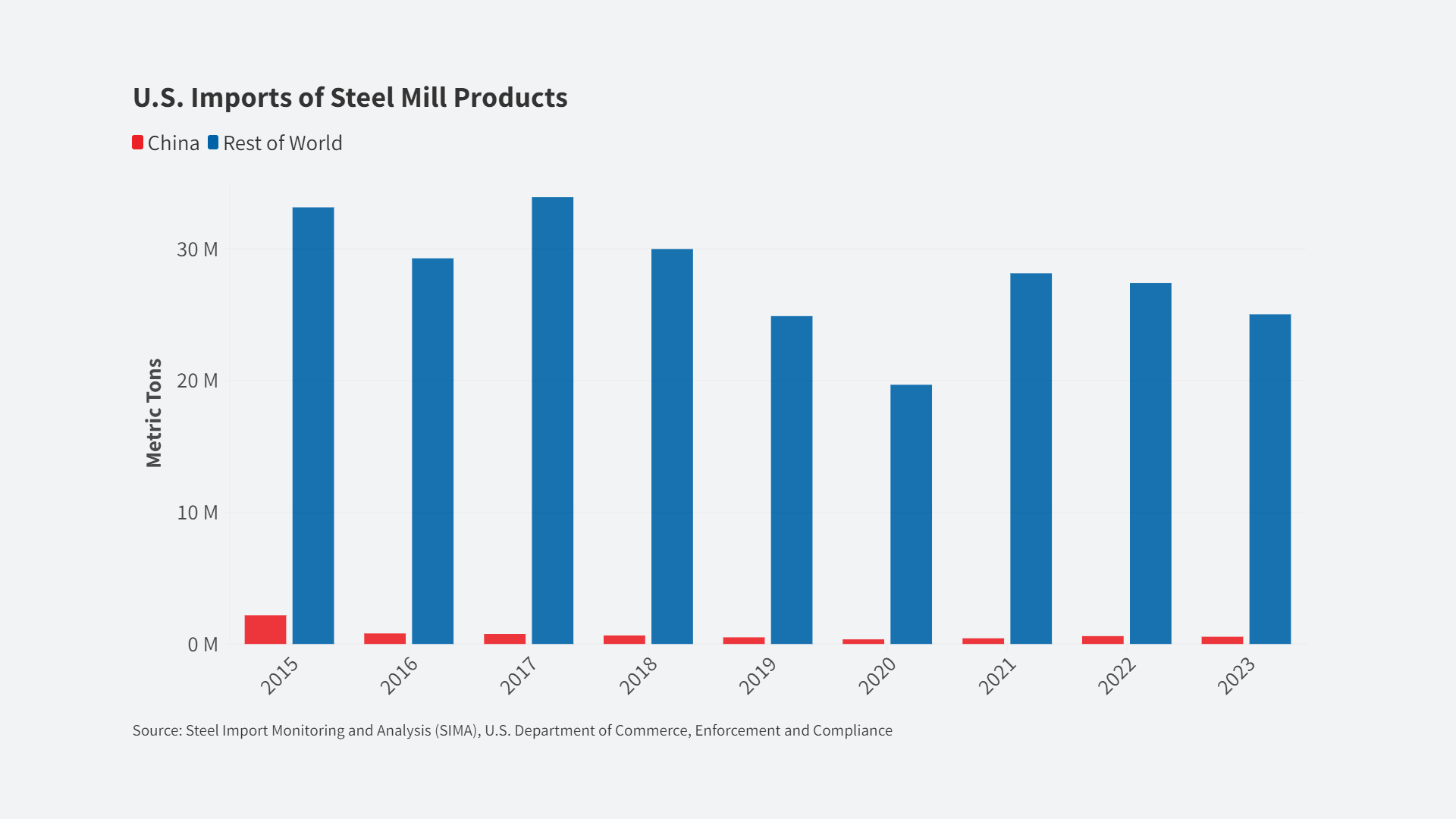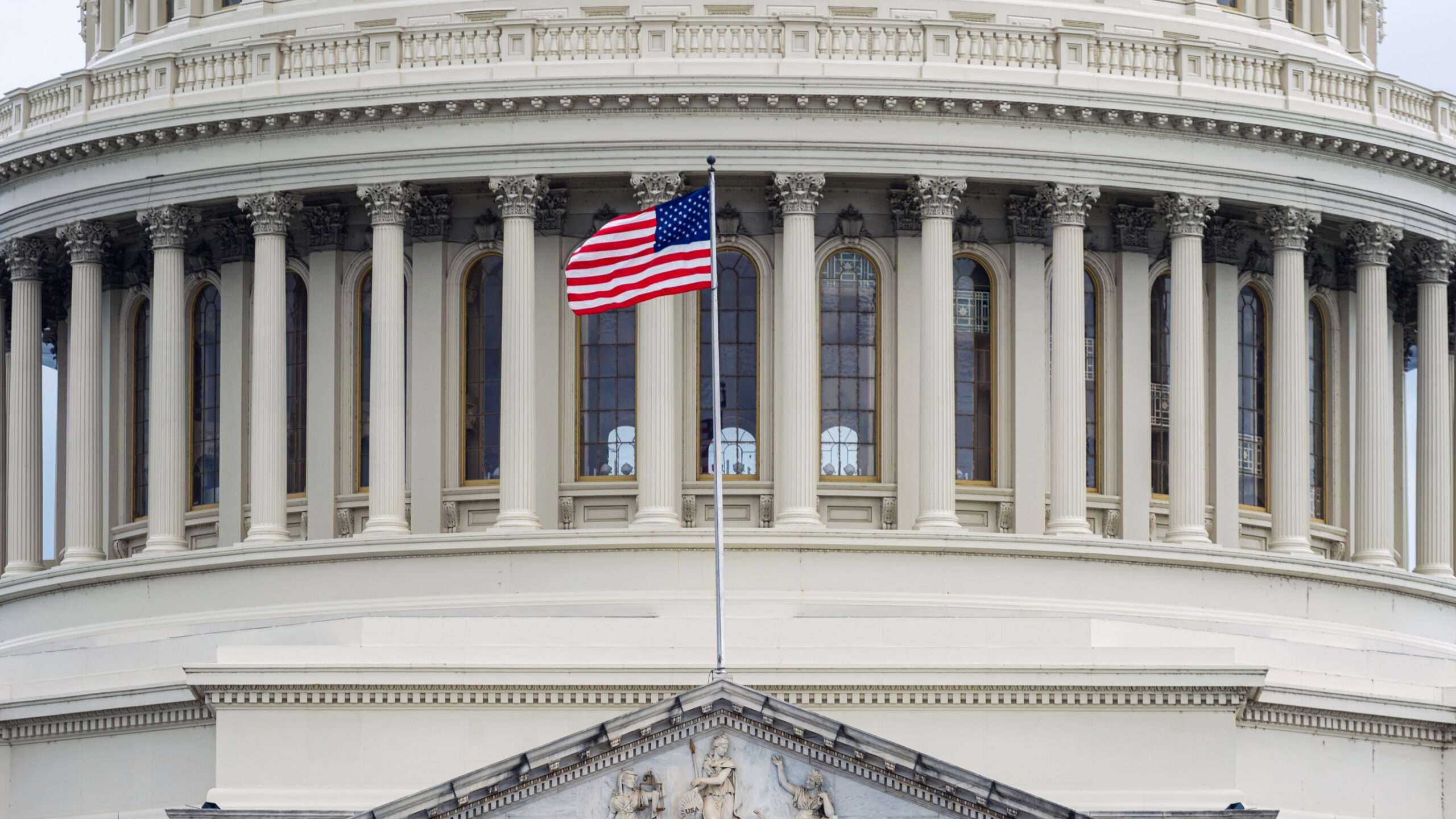
ATLANTA — In the midst of a complex dance on dairy market access between the United States, Canada, Japan and New Zealand in the Trans-Pacific Partnership (TPP), a key metric that some dairy exporters are using to evaluate the quality of offers on the table is the proportion of imports to total consumption, according to informed sources.
[September 28, 2015 | Inside U.S. Trade]
This is the same yardstick that was used in the Uruguay Round trade talks, in which the minimum market access to be provided through tariff-rate quotas (TRQs) on each product was supposed to equal five percent of domestic consumption. Dairy exporting countries are pushing to go beyond that in TPP.
For instance, some sources said the U.S. industry’s demands at the July TPP ministerial in Maui were to supply 15 percent of Canadian consumption. Canada currently consumes annually about 400,000 tons of cheese, 100,000 tons of butter and 80,000-85,000 tons of milk powders. Current import penetration in these product lines is about 6.3 percent, 10 percent and 10 percent, respectively.
The United States, which compared to Canada has lower import penetration, is also under pressure from New Zealand to throw open its own dairy market. For instance, current import penetration rates for the U.S. are roughly 3 percent for cheese, 3 percent for butter and 8 percent for milk powders.
To read the complete article, please click here.













